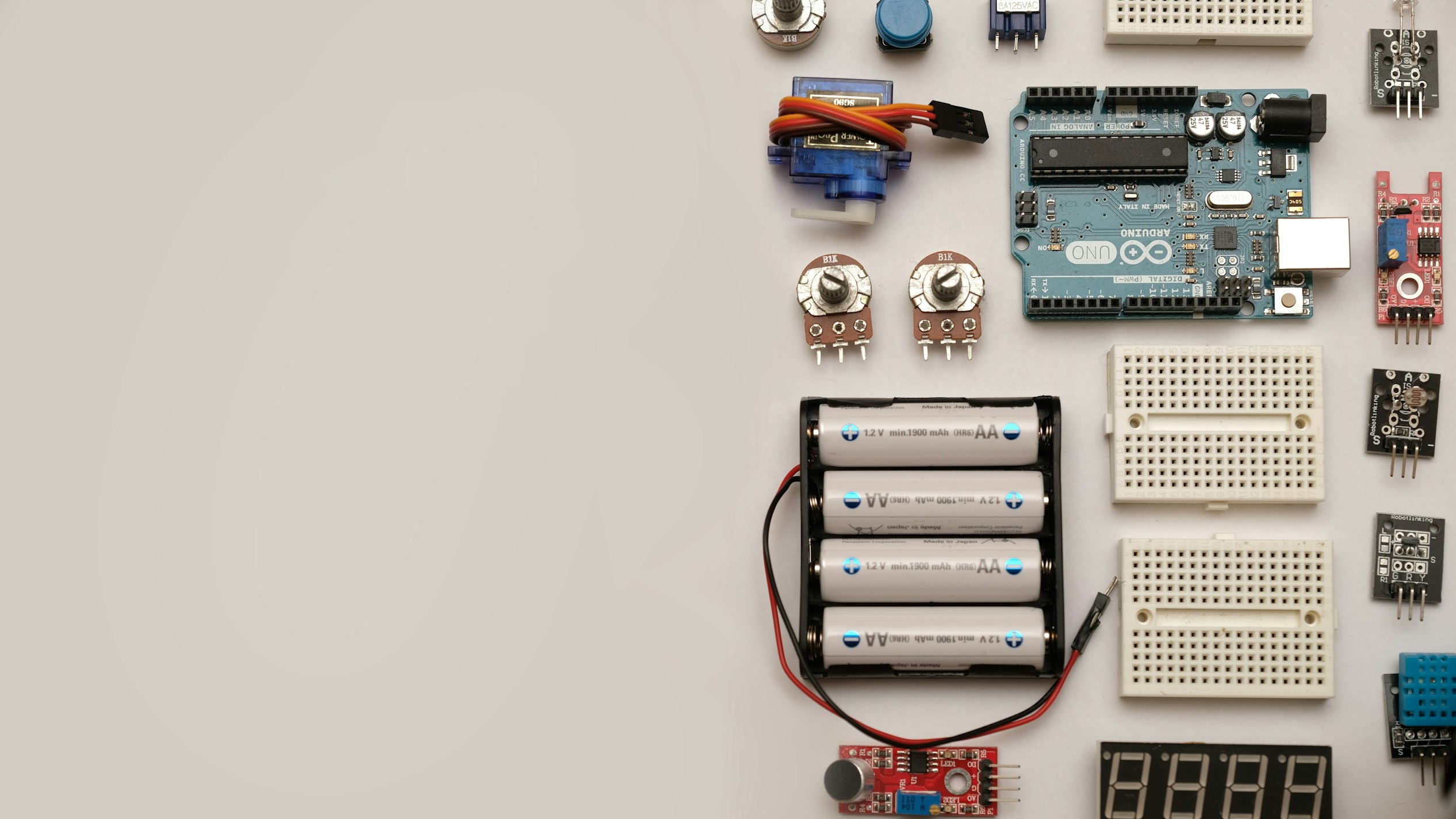Top 5 Real-World Applications of IoT Technology
The Internet has changed the world. People can access information and connect with others faster than ever before. And now, the Internet of Things, or IoT technology, has made it possible to improve other aspects of everybody’s lives, like health, energy use, and the quality of the soil you use for farming.
Not only that but by using helper platforms like SUSE Kubernetes, the power of IoT devices skyrockets. Here are five real-world applications of IoT technology that you may not even realize are impacting your daily life.
Table of Contents
Wearable technology
Virtual glasses, fitness bands that track calories burned and heart rate, and GPS trackers are just a few types of wearables people have used for a long time. Many tech companies developed the Internet of Things in tandem and introduced it directly into our lives through wearable technology.
These wearables allow you to see real-time data at a glance, so you know how your body is performing. Wearable accessories can also track the amount of time you’re sedentary and alert you to get up and move every so often.
Other wearable technologies are being developed to alert you when you’re in danger of injuring yourself during a workout and trap odor-causing molecules during activities so you don’t have to wear deodorant.
Fleet management
Installing fleet management sensors helps establish communication between vehicles, their managers, and drivers.
Managers and owners can learn a lot about a vehicle’s performance, operation, and maintenance by looking at the software that collects, arranges, and processes the data. These devices can receive alerts about maintenance issues immediately without the driver needing to input any additional information.
Health
Doctors can connect sensors or wearables to patients to keep an eye on their health outside of the hospital. The Internet of Things improves patient care and prevents fatal events in high-risk patients by allowing doctors to continuously monitor specific metrics and receive automatic alerts on the patient’s vital signs.
Farming
Smart farms have arrived. Soil quality is essential for growing healthy crops, and IoT gives farmers a way to learn more about the state of the soil. By using IoT sensors, companies can obtain a large amount of information about the soil’s condition.
Information like moisture content, acidity levels, nutrients, and temperature can improve irrigation efficiency, improve water usage, help determine when it is best to plant, and even determine if there are soil or plant diseases.
Energy efficiency and smart grids
Progressively adopting intelligent energy meters with sensors and installing sensors at strategic points throughout the electrical network allows better monitoring and control. Electric companies can obtain valuable information for the direction of and the repair faults by establishing bidirectional communication with end users.
It also lets electric companies provide helpful information to customers regarding their energy consumption and the most effective ways to reduce their energy usage.
Wrap Up
These are just some of the real-world applications of IoT technology; there are many others. As you go through your day, think about how IoT technology impacts your life. No matter what you use, IoT it’s evident that IoT technology has found its way into our everyday activities.







